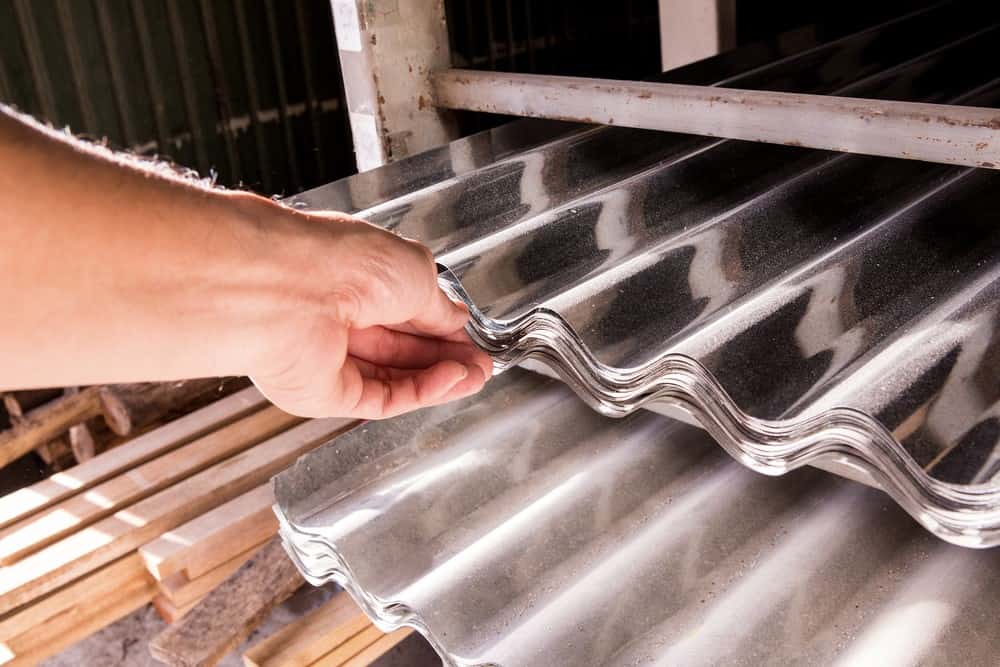Zinc protects iron and steel from the relentless forces of corrosion. Galvanizing iron and steel by dipping them in molten zinc creates an alloy that can, in the right environmental conditions, protect the iron or steel beneath it for 100 years or more.
But what about electroplating iron and steel with zinc? Does plating iron and steel with zinc create the same level of durability as hot-dip galvanizing? Let’s start by taking a look at what plating zinc really is.
The Start of Zinc Plating
Zinc has been used for galvanizing iron and steel for over 200 years, but the use of zinc for electroplating iron and steel has only been around since the 1970s. Historically, when fabricators were looking for a quick and easy way to protect iron and steel from corrosion, they turned to electroplating with cadmium. And the truth is, cadmium protects iron and steel against corrosion, oxidation, and weathering better than zinc.
There is just one major problem with using cadmium to protect iron and steel from the elements. Cadmium is highly toxic. People who live in places with high levels of cadmium pollution are at much higher risk of both breast and pancreatic cancer. Plants grown in fields contaminated by cadmium don’t produce as well, and the organic matter in the soil is used up faster. The process of electroplating iron and steel with cadmium is highly toxic to workers.
Chromium was used in plating auto parts the same way cadmium was used for plating larger iron and steel parts with the same toxicity. Zinc plating avoids the environmental problems involved in using these two toxic metals, but the electroplating process isn’t exactly environmentally friendly either.
How Iron and Steel can be Plated with Zinc
Zinc protects steel by serving as a “sacrificial anode.” Zinc reacts with oxygen and acidic compounds more strongly than iron and steel do, so zinc will be corroded before iron and steel are.
This also applies to chemicals that can dissolve metals. The electroplating process uses a combination of cyanide and/or lye to dissolve zinc in an electroplating bath. This solution does not dissolve steel. A slight electrical current is passed through steel parts dipped into the bath to attract a thin coating of zinc onto the steel part, followed by treatments with chemicals similar to acetone to make the part brighter.
Lye, cyanide, and ketones aren’t part of the galvanizing process. The galvanizing process uses molten zinc without the added toxic chemicals to put down a thicker coat of zinc on a steel part.
Is Electroplated Steel as Durable as Galvanized Steel?
There can be significant benefits to plating steel. The process of electroplating a small or thin part with zinc will put it under less stress than galvanizing it. Zinc electroplating can be done with a rack lowered into a vat or in a barrel, allowing for economical production of smaller parts or smaller batches. If your end application would work better with a zinc and nickel or zinc and tin alloy on the surface of your parts, electroplating is a straightforward method of applying it.
If the current is not applied very carefully, parts can come out with a “wrinkly” coating of zinc. Electroplating does not produce a sufficiently thick coat of zinc to protect steel in some situations. Parts that are going to be used in a tropical environment, close to the seacoast, or under conditions of high heat just won’t last if they are only electroplated, not galvanized. Galvanizing produces a thicker layer of the iron-zinc alloy that makes galvanized steel last. Zinc plating is normally 0.2 mils thick. Hot-dip galvanizing might be 1.0 mil thick – you get over 5 times the protection with galvanizing.
What Does this Mean for Your Galvanizing Needs?
A product that is hot-dip galvanized will have a thicker coating, meaning it will last far longer. Hot-dip galvanized coatings give superior protection against corrosion.


